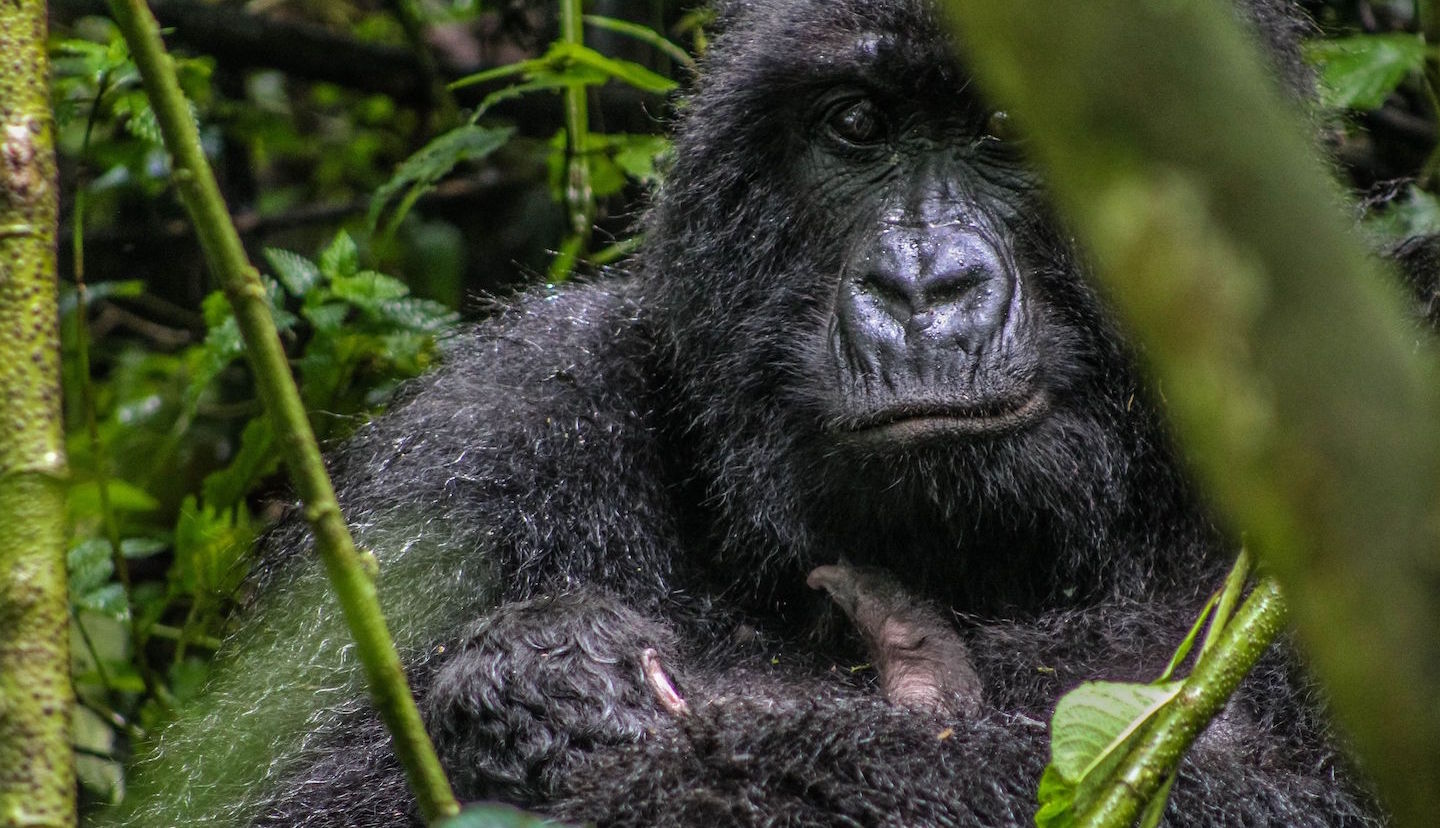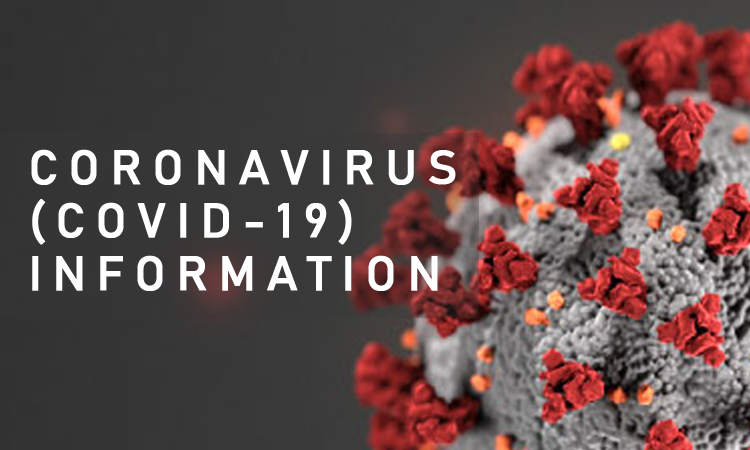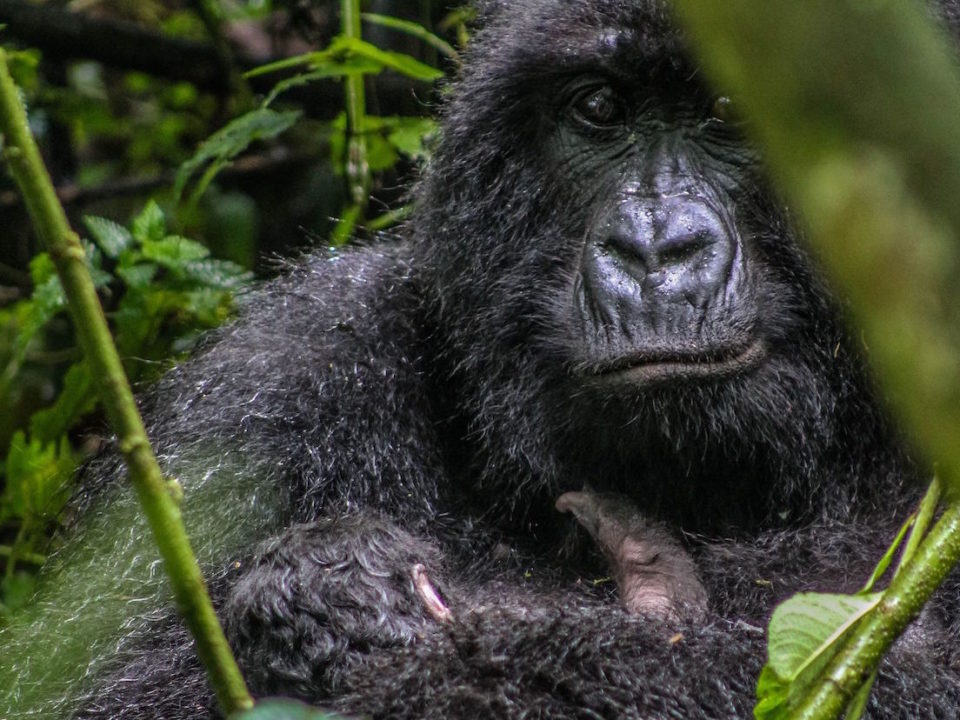
Coronavirus Threat to Great apes
April 16, 2020
Novel Coronavirus Disease (COVID-19)
Coronavirus Disease (COVID-19) Updated Statistics, Symptoms
Everything You Need to Know about Coronavirus Pandemic Updates
Coronavirus Disease (COVID-19) also known as the 2019-nCoV or 2019 Novel Coronavirus is a global pandemic. The ongoing Coronavirus outbreak is having significant impact on travel and activities all around the Globe. Here we bring you facts on symptoms, travel advice, spread prevention and all the most important information for travelers and everyone during the Coronavirus Disease (COVID-19) outbreak;
Content
COVID-19 (Coronavirus Disease 19) August Update- causes, symptoms, diagnosis, treatment, pathology
What is a Coronavirus?
Coronaviruses are a large family of viruses which may cause illness in animals or humans. In humans, several Coronaviruses are known to cause respiratory infections ranging from the common cold to more severe diseases such as Middle East Respiratory Syndrome (MERS) and Severe Acute Respiratory Syndrome (SARS).
Coronavirus Disease (COVID-19) is the most recent discovered Coronavirus infection first recorded on 31st December 2019.
What is COVID-19?
COVID-19 is the infectious disease caused by the most recently discovered Coronavirus. Until December 2019, the virus and disease was not known in humans. The first outbreak was in Wuhan, China.
COVID-19 is derived from the name Coronavirus Disease that was first discovered in 2019.
What are the symptoms of COVID-19?
Fever, Dry cough, Aches and pains, Pneumonia, Difficulty in breathing, Tiredness, Nasal congestion, Runny nose, Sore throat, Diarrhea
COVID-19 most common symptoms are fever, dry cough and tiredness. Other symptoms may include aches and pains, nasal congestion, runny nose, sore throat or diarrhea.
These symptoms are usually mild and begin gradually. Some people become infected but don’t develop any symptoms and don’t feel unwell.
Around 1 out of every 6 people who get COVID-19 become seriously ill and develop difficulty in breathing.
Older people, and those with underlying medical problems like high blood pressure, heart problems or diabetes are more likely to develop serious illness.
People with fever, cough and difficulty breathing should seek medical attention.
Coronavirus Disease may not show symptoms for several number of days (14-27 days).
Coronavirus COVID-19 Symptoms, Causes, Prevention Nursing Review
Why is COVID-19 referred to as a Pandemic?
The World Health Organization recently referred to the rapid spreading COVID-19 as a pandemic. A pandemic is a disease that is spreading in multiple countries of the world at the same time.
WHO Director-General Tedros Adhanom Ghebreyesus on making the announcement stated that; “we expect to see the number of cases, the number of deaths and the number of affected countries climb even higher,”
Declaring COVID-19 as a pandemic has nothing to do with changes to the characteristics of the disease, but instead associated with concerns over its geographic spread.
According to the World Health Organization, a pandemic is declared when a new disease for which people do not have immunity spreads around the world beyond expectation.
Coronavirus Disease 2019 has spread through all the 7 continents affecting 122 countries/territories/areas. Globally there are 132,758 confirmed cases of COVID-19 (7,499 new), 4,955 deaths (342 new).
How Does COVID-19 Spread?
COVID-19 spreads from humans to humans and people catch the virus from those who have it. This happens through small droplets from the nose or mouth which are spread when a person with COVID-19 coughs or exhales.
The droplets land on objects and surfaces around the person who coughs or exhales. Other people then catch COVID-19 by touching these objects or surfaces, then touching their eyes, nose or mouth.
For this you must stay more than 1 meter (3 feet) away from a person who is sick.
The risk of catching COVID-19 from someone with no symptoms at all is very low. However, it is true that at the early stages of COVID-19, many people experience mild symptoms and it is therefore possible to catch COVID-19 from someone who has for example, just a mild cough and does not feel ill.
Can the Coronavirus that causes COVID-19 spread through air?
To date, studies show that the virus that causes COVID-19 is mainly transmitted through contact with respiratory droplets rather than through the air.
Measures to Prevent catching COVID-19?
There is a lot of advice online about preventing COVID –19, however, there are medically proven measures set by the World Health Organization. Here are the simple precautions to take in order to reduce your chances of being infected or spreading COVID-19:
- Regularly and thoroughly wash your hands with an alcohol-based hand rub or wash with soap and water.
Why? Washing your hands with soap and water or using alcohol-based hand rub kills viruses that may be on your hands.
- Maintain at least 1 meter (3 feet) distance between yourself and anyone who is coughing or sneezing.
Why? When someone coughs or sneezes they spray small liquid droplets from their nose or mouth. If the person is sick, then the droplets contain the virus which can infect you as you breathe in the droplets if you are too close.
- Avoid (DO NOT) touching your eyes, nose and mouth.
Why? Touching your eyes, nose and mouth transfers the virus that your hands might have picked from surfaces with droplets. Hands touch many surfaces and can pick up viruses. Once contaminated, hands can transfer the virus to your eyes, nose or mouth. From there, the virus can enter your body and can make you sick.
- Follow respiratory hygiene. Make sure that you and the people around you follow good respiratory hygiene.
How? Cover your mouth and nose with your bent elbow or tissue when you cough or sneeze. After use, dispose the used tissue immediately.
Why? Droplets from sneezing or coughing spread virus. By following good respiratory hygiene you protect the people around you from viruses such as cold, flu and COVID-19.
- Stay home if you feel unwell. If you have a fever, cough and difficulty breathing, seek medical attention and call in advance. Follow the directions of your local health authority.
Why? National and local authorities will have the most up to date information on the situation in your area. Calling in advance will allow your health care provider to quickly direct you to the right health facility. This will also protect you and help prevent spread of viruses and other infections.
Keep up to date on the latest COVID-19 hotspots (cities or local areas where COVID-19 is spreading widely). If possible, avoid traveling to places-especially if you are an older person or have diabetes, heart or lung disease.
Why? You have a higher chance of catching COVID-19 in one of these areas.
Note: These protection measures are for all persons everywhere in the world as outlined by the World Health Organization.
Protection measures for persons who are in or have recently or in the past 14 days visited areas where COVID-19 is spreading
- Follow the guidance outlined above for prevention from catching COVID-19.
- Self-isolate by staying at home if you begin to feel unwell, even with mild symptoms such as headache, low grade fever (37.3 C or above) and slight runny nose, until you recover. If it is essential for you to have someone bring you supplies or to go out, e.g. to buy food, then wear a mask to avoid infecting other people.
Why? Avoiding contact with others and visits to medical facilities will allow these facilities to operate more effectively and help protect you and others from possible COVID-19 and other viruses. - If you develop fever, cough and difficulty breathing, seek medical advice promptly as this may be due to a respiratory infection or other serious condition. Call in advance and tell your provider of any recent travel or contact with travelers.
Why? Calling in advance will allow your health care provider to quickly direct you to the right health facility. This will also help to prevent possible spread of COVID-19 and other viruses.
Is there a vaccine, drug or treatment for COVID-19?
Not yet. There is no vaccine and specific antiviral medicine to prevent or treat COVID-2019 till date.
However, those affected should receive care to relieve symptoms. People with serious illness should be hospitalized.
Possible vaccines and some specific drug treatments are under investigation. They are being tested through clinical trials. World Health Organization is coordinating efforts to develop vaccines and medicines to prevent and treat COVID-19.
Is it right to wear a mask as protection from COVID-19?
Many people are finding wearing masks as a way of preventing Coronavirus, however is it right. WHO only recommends to wear a mask if you are ill with COVID-19 symptoms –especially coughing.
If you are not ill or taking care of someone who is ill then you are wasting a mask. Disposable face masks can only be used once.
The only way of protecting yourself from COVID-19 is by following the precautions as outlined above.
If you have to wear a mask because you are ill or looking after someone who is ill then this is what you have to do;
- Before touching the mask, clean hands with alcohol-based hand rub or soap and water.
- Inspect the mask of tears and holes
- Orient which side is the top side (where the metal strip is)
- Ensure the colored side of the mask faces outside.
- Place the mask to your face. Pinch the metal strip or stiff edge of the mask so it moulds to the shape of your nose.
- Pull down the mask’s bottom so it covers your mouth and your chin.
- After use, take off the mask; remove the elastic loops from behind the ears while keeping the mask away from your face and clothes, to avoid touching potentially contaminated surfaces of the mask.
- Discard the mask in a closed bin immediately after use.
- Perform hand hygiene after touching or discarding the mask.
Note: Only health workers, care takers and individuals with respiratory symptoms such as fever and cough should wear a mask.
What you need to know about traveling during the COVID-19 outbreak
The Coronavirus Disease pandemic has had a significant impact on travel around the globe. The speed at which COVID-19 is unfolding has created an atmosphere of uncertainty for travelers wondering if they should alter their plans. Here is a wrap up on what to know before making tour or safari plans;
Different nations have enacted more stringent travel restrictions or travel bans, and new policies are being implemented daily. Ensure to check out on the latest travel information from a country you intend to visit.
Most commercial airlines have reduced or suspended routes to and from epidemic areas as well as an overall reduction due to fewer travelers in general. New travel restrictions are being introduced daily, so it is advisable to check directly with your carrier before flying.
Many restaurants and attractions around the world have closed to avoid large gatherings.
Travelers returning from affected areas are advised to self-monitor for symptoms for 14 days and follow their country’s national protocols, which may include self-quarantine for the incubation period.
Note: If you had travel plans to any country in the world, ensure to have the latest updates on COVID-19 about the country you want to visit, carrier and guidelines from the country. Changes are made daily depending on the rate of the virus spread and therefore ensure to be up to date.
Is it still Safe to Travel?
As a result of the widespread Coronavirus Pandemic, many countries and regions have set and imposed quarantines (self-isolation), entry bans for visitors from the most affected areas of the pandemic.
During this outbreak is advisable to travel when it is really necessary. If you have no option but travel then ensure to follow the protection procedures provided above.
You can track the spread of COVID-19 in real time using this map from Johns Hopkins University
Uganda’s Enhanced Measures to Prevent importation of the Novel Coronavirus Disease
Uganda is of yet has not recorded any case of the novel coronavirus disease COVID-19 as of 17th March 2020. There isn’t any confirmed COVID-19 case in Uganda.
Government of Uganda has reviewed the evolution of the COVID-19 outbreak in the affected countries, categorized them and recommends several measures for the different categories. Based on the current trend of the COVID-19 outbreak, the ministry of health has categorized the countries according to the risk of importation from affected countries.
Category 1 countries
16 countries have been placed in category 1 and these are; Italy, San Marino, Iran, South Korea, France, China, Germany, Spain, Belgium, USA, United Kingdom, Netherlands, Sweden, Norway, Austria and Malaysia.
People coming from these countries are advised to postpone non-essential travel to Uganda. Any travelers from these countries including Ugandans will be subjected to self-quarantine for 14 days on arrival to Uganda even if they do not exhibit signs and symptoms of COVID-19.
Individuals highlighted in category 1 who insist on visiting Uganda will be subjected to self-quarantine or institutional (health facility) quarantine at their own cost.
Category 2 countries
Finland, Philippines, Indonesia and Pakistan have been placed in category 2. The ministry of Health will observe the travelers very closely and the evolution of the outbreak in these countries.
Category 3 countries
All other world countries are in category three and all people coming from these countries will undergo the routine screening upon arrival. They will also be advised accordingly on the measures to undertake while in the country to prevent infection and where to report if not feeling well.
Note: These categories will be reviewed weekly and advisable to learn about the latest information from the Ministry of Health in Uganda.
With all of this, it is advisable to travel when it is really necessary. If you had planned a Uganda Safari, be it a Gorilla trekking Safari in Uganda or Uganda Wildlife Tour, you may have to revise your travel plans since the quarantines and cancellation of flights might affect your travel dates.
All of this information is from health monitoring websites like the World Health Organization and Ministry of Health in Uganda.
How can I Learn More?
Global Advice:
News coverage
By Region and Country:
NORTH AMERICA – United States
Centers for Disease Control and Prevention

